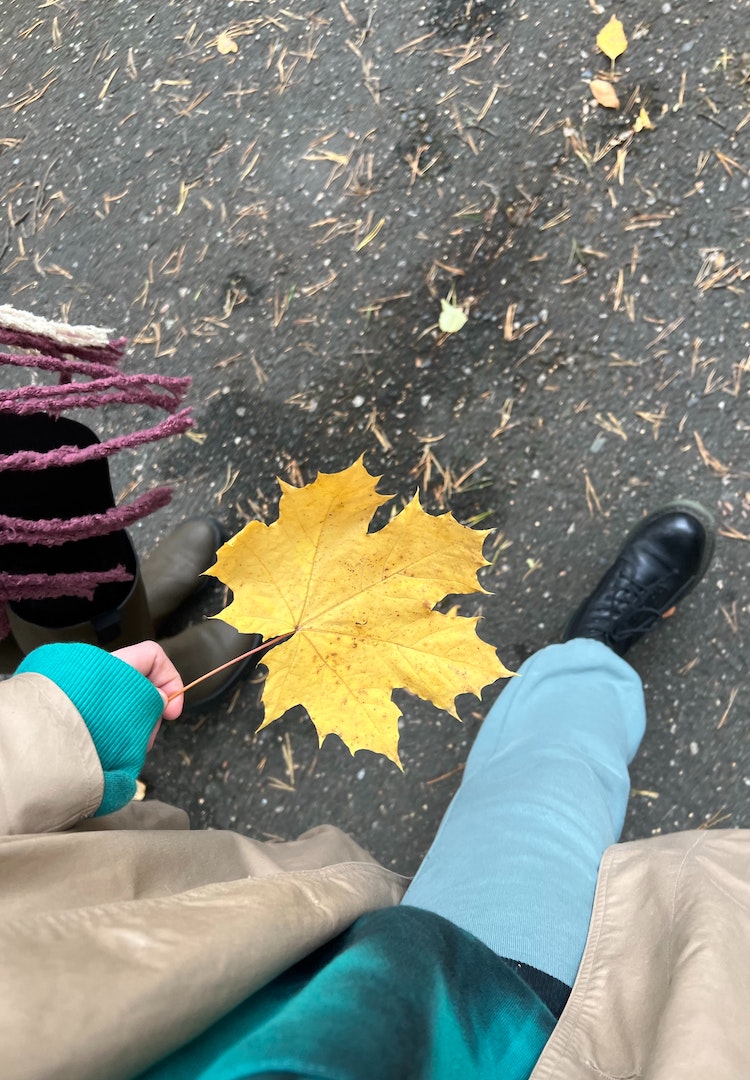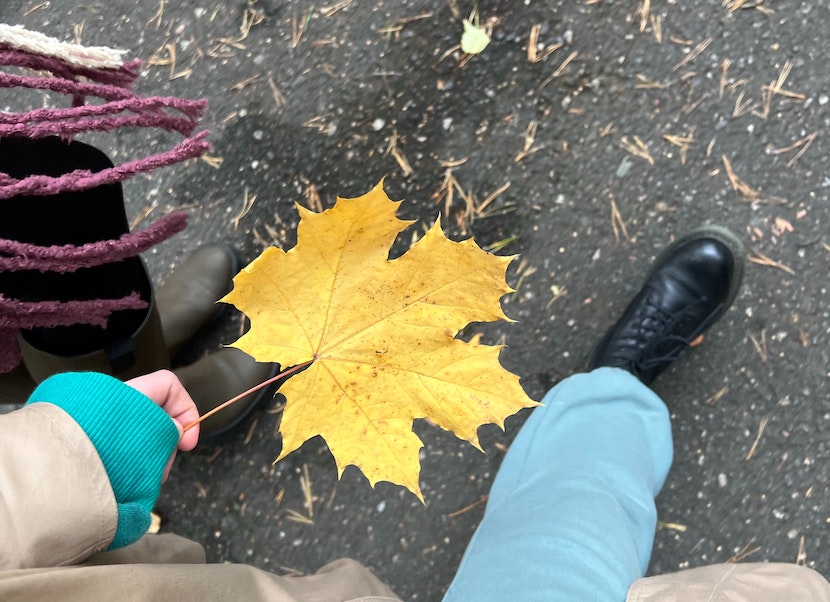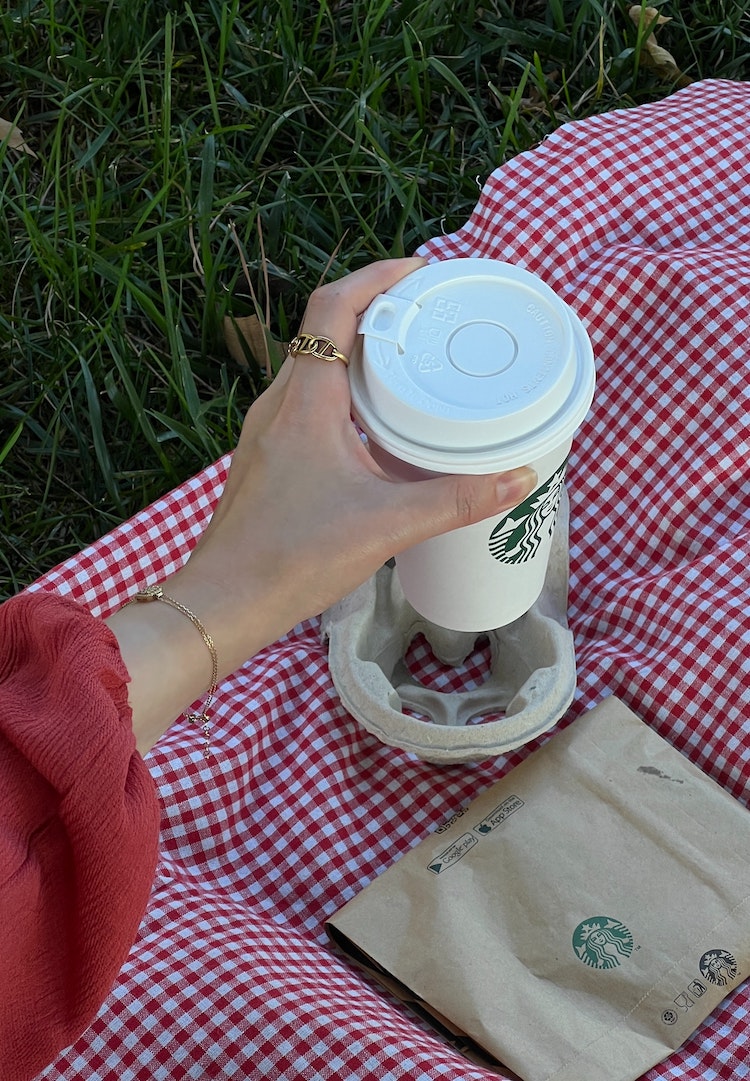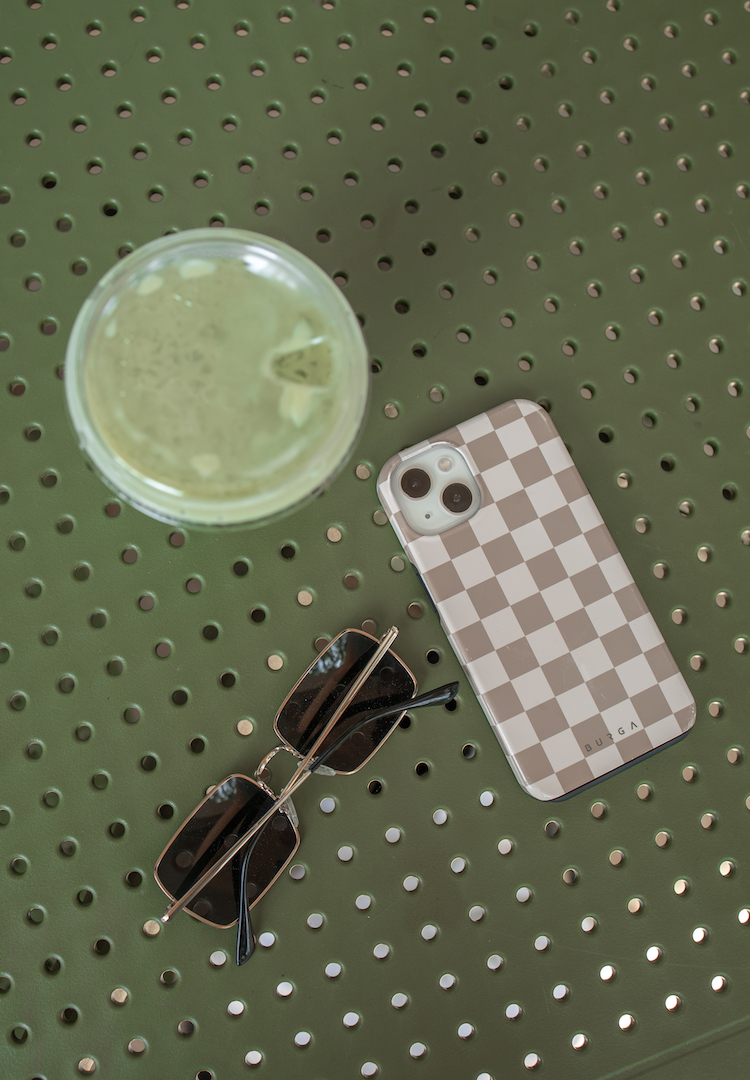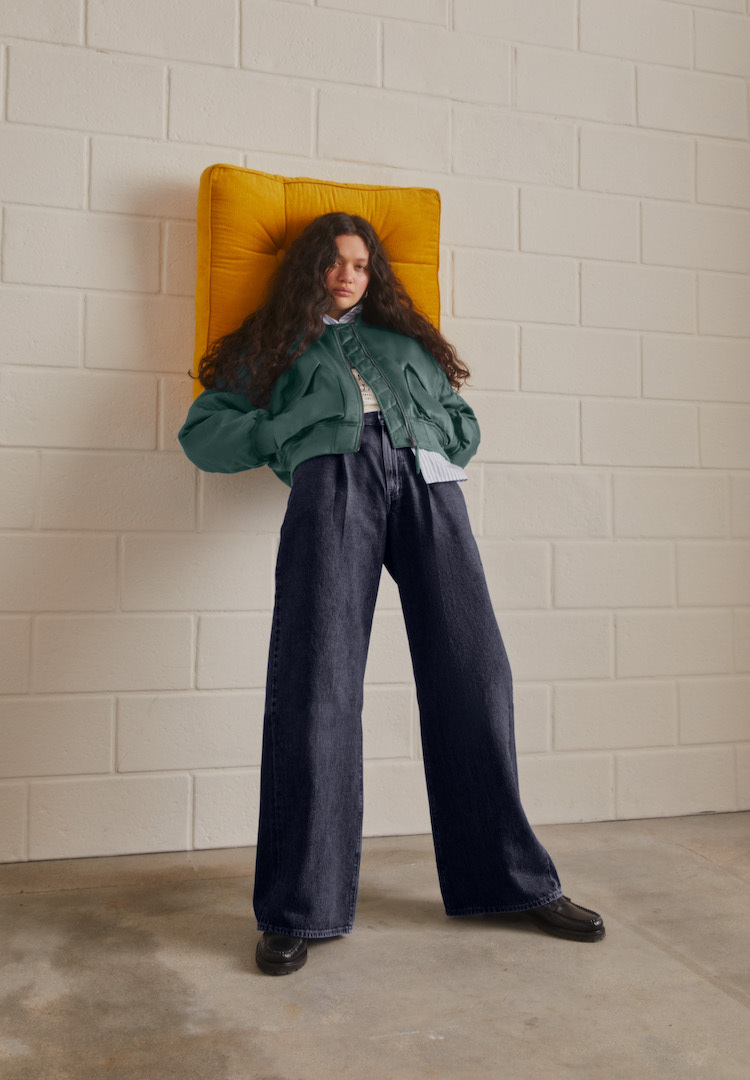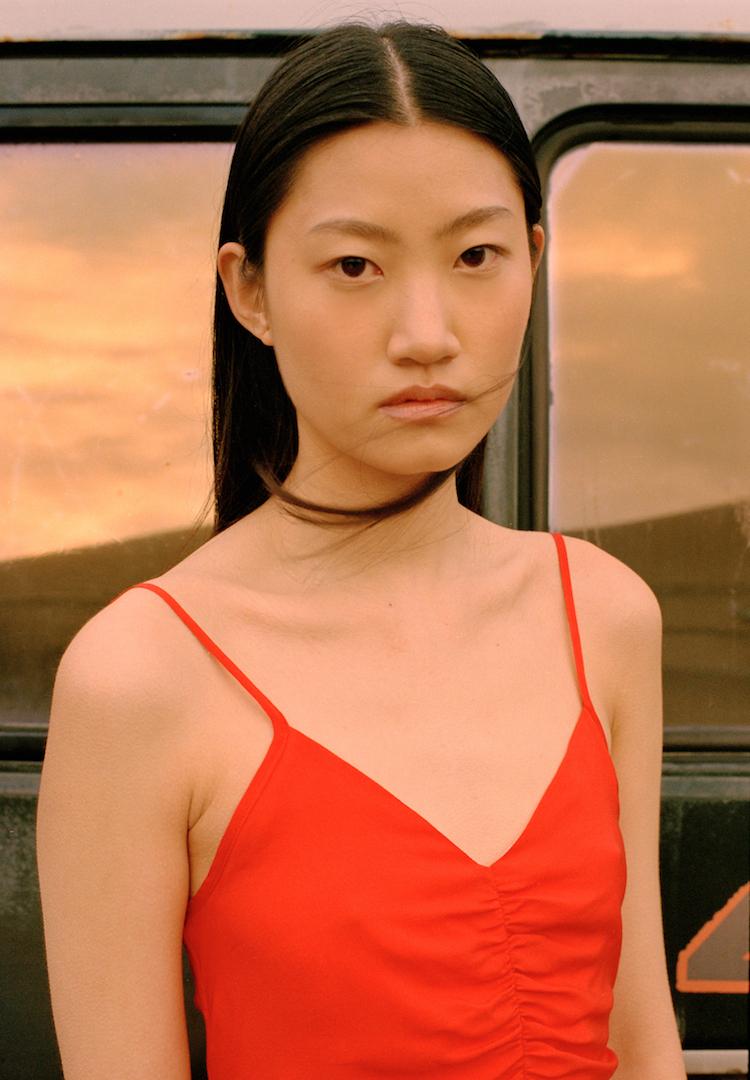Is seasonal affective disorder the reason you feel so down?
WORDS BY India Curtain
“Is the way I’m feeling about winter normal or is it something I should speak to a professional about?”
As the sun recedes sooner and the mornings become layered with frost, there’s something about the weather change that alters our collective mood. The first signifier of changing seasons, especially in Melbourne’s chilly suburbs, is a new small-talk topic for every single interaction from March to September (“God, it’s a bit chilly out there today, isn’t it?”). Iced coffee is swapped for one as hot as legally possible, and a rooftop Aperol spritz just doesn’t have the same appeal.
While we chatter about wearing a second pair of socks and how much of a struggle it is to get out of bed, the way this can negatively impact our mood can sometimes go unnoticed. The sunkissed glow of summer subsides and for some of us, so does our happiness. This weathered moodiness is something I’m no stranger to.
Interested to hear how others navigate the world? Head to our Life section.
I regularly use the phrase “I’m my best self when the sun is out” and get frustrated when I’m stuck inside working on a warm day. But why is this the case? Why, for others, is there an anticipation to rug up in scarves and gloves? Is the way I’m feeling about winter normal or is it something I should speak to a professional about?
For some, this feeling is more extreme than a bad mood, with the change of seasons resulting in depressive symptoms and a more drastic string of side effects. According to Beyond Blue, seasonal affective disorder (SAD), or seasonal depression, is quite rare in Australia. However, surveys suggest motivation, social connection and efficiency dwindle in the colder months. To find out why, I spoke to clinical psychologist, author and speaker, Dr Rebecca Ray.
Dr Rebecca describes SAD as a pattern of symptoms similar to depression that shows up during specific seasons. “Most sufferers experience SAD in autumn and winter,” she tells me, adding that there are two main types of SAD.
“Winter pattern SAD is the most well-known and occurs during the fall and winter months when there is less sunlight. Symptoms usually start in the late fall and continue through the winter, and may include feelings of depression, low energy, increased sleep and weight gain,” she explains.
The less common type occurs during the summer months. Dr Rebecca says summer SAD sufferers experience “feelings of anxiety, agitation, insomnia, decreased appetite and weight loss”. People are also able to experience this disorder in transitional seasons like autumn and spring, but she notes that these cases are less well-defined than summer and winter.
So how does one develop it? “SAD has been associated with a biochemical imbalance in the brain caused by reduced exposure to sunlight during the shorter daylight hours of winter,” she explains. “The shift in the biological internal clock or circadian rhythm that occurs with seasonal changes can lead to a misalignment with one’s daily routine.”
How do I know if I have it?
Dr Rebecca explains that this disorder is “more than just ‘winter blues’ or a strong dislike of the winter months”. The symptoms can vary from person to person and can be debilitating and disrupt their day-to-day tasks.
Many sufferers report feeling sad or depressed for the majority of each day and having low energy or fatigue. The symptoms replicate those of regular depression, like losing interest in activities you once enjoyed and experiencing feelings of hopelessness, worthlessness and guilt.
This type of disorder is a strain of depression but it appears with stressors caused by the characteristics of a specific season. Those who have seasonal depression feel a sense of dread toward the arrival of the season which usually triggers the disorder.
But how do you differentiate between having this disorder and just feeling down? “Generally, feeling down is a temporary state that lasts no more than a couple of days,” says Dr Rebecca. “SAD is a pervasive pattern of low mood that begins and ends with the arrival and close of the season in question.”
How can you treat SAD?
Because SAD is caused by seasonal triggers, it means sufferers can pre-empt and prepare for the onset of depressive symptoms. This means we’re able to seek help from a healthcare provider or mental health professional and talk about whether it’s worth looking into medication and therapy to help deal with these feelings.
Dr Rebecca suggests light therapy and talk therapy, telling me both are helpful in alleviating SAD. Light therapy is intentional exposure to sunlight or bright, artificial light, different from UV or LED treatments for your skin or face. It aims to generate a chemical reaction in the brain, lifting your mood and easing SAD symptoms like tiredness.
More generally, when we experience these lowered moods as the seasons change, it’s important to stay social with friends and family, keep an achievable routine and get outside when possible. As a chilly winter approaches, research some new self-care regimes, rug up and be kind to yourself.
You can find out more about SAD here.


